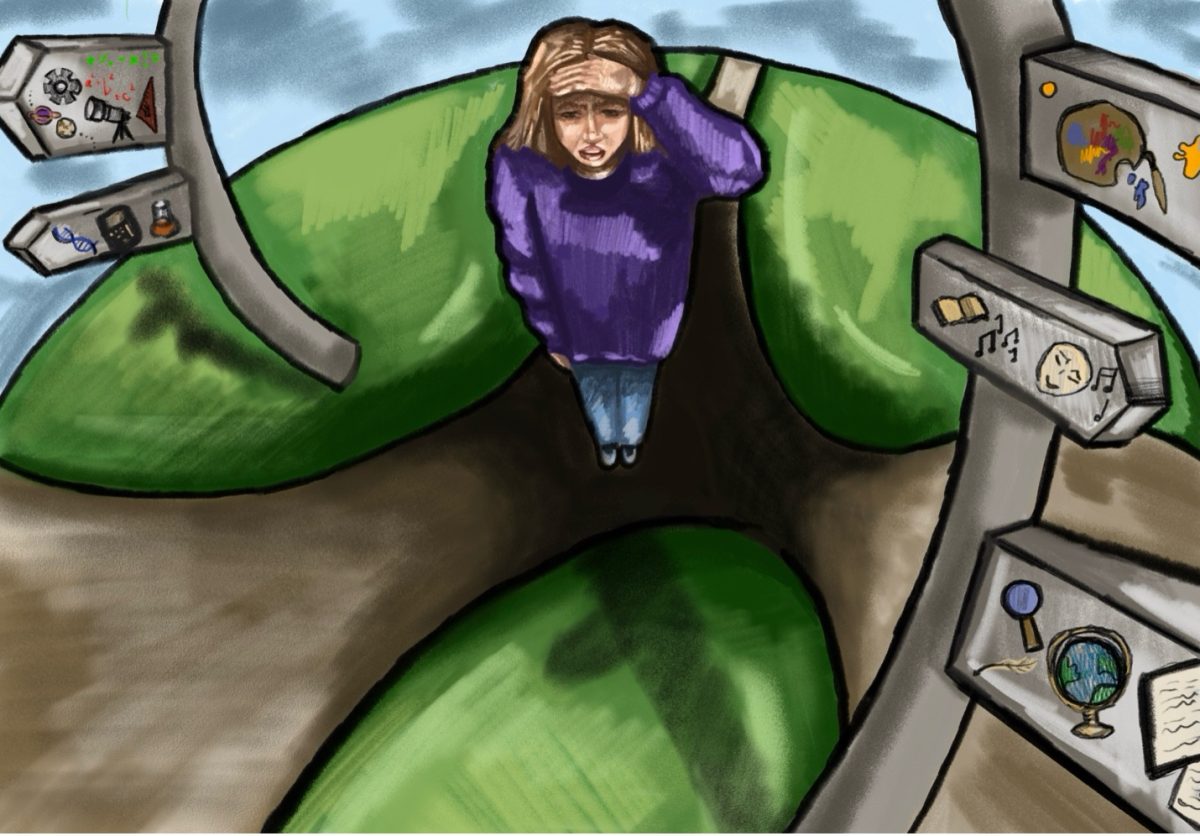As a class exercise, my French instructor asked us what we would ideally be able to bring back to the U.S. from our time abroad. Most people said that they’d like to bring back bottles of wine or chocolates. One girl said she’d like to bring back a French man. I wasn’t sure how to respond at the time, but I’ve now decided that I’d like to bring back either the Paris Métro and RER lines or the London Underground. It’s a pity that neither will fit into my suitcase.
There are few things more glorious than an unlimited pass for a reliable transportation system. Mind you, I won’t pretend that the London and Paris mass transit systems are perfect—I have made several narrow escapes from being slammed by train doors and seen some very aggressive shoving to board an RER train after a long delay due to an unexplained “social action.” However, I really appreciated being able to travel quickly to anywhere I wanted to go this quarter. Just missed a train? No worries—another one will usually be along in a few minutes. Want to visit someplace interesting? Chances are that a train station nearby will be easy to find.
I doubt I will have such luck when I return to Chicago. To be fair, the CTA at least has a better reputation than some other major transit agencies in the United States. And it does have some redeeming qualities, such as the renovated downtown Red Line stations and the voice of the actor who announces the train stops. However, trying to figure out how I’m going to manage without the south branch of the Red Line this summer and reading about all the fees under the new Ventra card plan have triggered the sort of existential despair that I normally reserve for reading periods or really difficult problem sets.
Mercifully, it has been a few years since the CTA stations, buses, and trains last had to be covered with yellow and black “doomsday” budget cut warning signs—but I still think that public transportation doesn’t get high enough priority in Chicago. As vexed as I am by the partial shutdown of the Red Line, I also wonder how it took so long to actually start these renovations. Fingers get pointed in a lot of different directions when it comes to assigning blame for past problems with CTA service, infrastructure, and budget deficits, but I think we can all at least agree that we ought to do better.
Looking back, I think that the CTA has had a lot of influence on where I’ve been and with whom I’ve interacted. Growing up in Chicago, I went to a high school that pulled in students from all over the city, and where it was common for students to commute via CTA. I had some classmates whose commutes took up to two hours each way, but some of my other acquaintances didn’t even consider applying to my high school because the commute wasn’t worth it to them. Chicago’s a big city, of course, but a quick glance at the transit map shows that the CTA is more accessible to certain areas. Many of the people I came to know best before I entered college lived either in Hyde Park or Lincoln Park. Though I didn’t live near either neighborhood, I realize now that visiting those same places was relatively easy for my classmates and me. With greater reliability, I think even more fruitful explorations of Chicago would have been feasible.
Travel is often touted as integral to one’s education, but that usually connotes grand adventures in distant lands. While such escapades certainly warrant appreciation, quotidian travel needs to be valued as well. With apologies to Robert Frost, I’ve spent my formative years taking the railroads most traveled by. The experience has been colorful: I’ve been yelled at by drunk Cubs fans, sat quietly next to sober Sox fans, and spotted countless hipsters breezing through this city. I hope that those of us who are maintaining ties with Chicago in the long term will be committed to supporting a well-funded, well-managed mass transit system that is accessible to people from across the city. Indeed, I think that will make all the difference.
Jane Huang is a third-year in the College majoring in chemistry.







